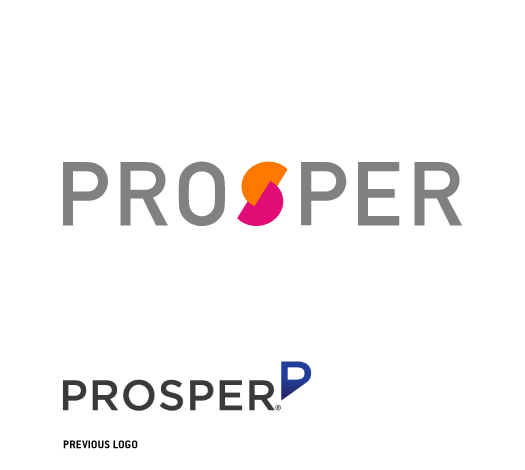It won’t be the day the music died at Starbucks, but it will be the end of the CD.
The world’s largest coffee-house chain confirmed on Friday that it will stop selling CDs at the end of March in its 21,000 stores worldwide. It has not lost interest in music, according to company officials, but they would not say what future offerings will be, beyond something digital.
“Music has always been a key component at Starbucks,” says spokeswoman Maggie Jantzen. “We are looking for new ways to offer customers music options.”
It’s about time, says brand guru Steven Addis, CEO of the brand agency Addis. “CDs make them look dated as a brand. They need to move to streaming and have their own streaming service.”
CD sales nationally have been declining; they dropped another 15% in 2014, according to Billboard, the trade magazine that first reported Starbucks would drop CDs. Starbucks declined to disclose its CD sales.
Under CEO Howard Schultz, Starbucks had become increasingly tech-savvy, and was among the first to test and accept mobile payment. It’s always pushing to move the tech needle.
Music and cultural coolness often go hand-in-hand. Selling music, in some form, “might not be much of a revenue generator but it’s a relevance generator,” says Addis.
Addis expects the company to replace the CD racks in front of the cash registers with smaller racks that hold plastic digital download cards — similar to the iTunes card — that are Starbucks branded.
And Starbucks will continue its Pick of the Week, in partnership with Apple, that offers free downloads for those who use the Starbucks app, says Jantzen.
Starbucks’ first CD in 1995 was a compilation CD dubbed Blue Note Blend. Starbucks acquired the record label Hear Music in 1999, and became more serious about music. Over the years, Starbucks has sold CDs by major recording stars including Paul McCartney, Beyoncé, Sam Smith, Ray Charles, Taylor Swift and, recently, the soundtrack to Frozen.
Starbucks has an entertainment team of 15 to 30 people at its Seattle headquarters, says Jantzen, and they will continue to focus on bringing music on different platforms both on the technical and content sides.
Starbucks still is “evaluating” how to sell its remaining CDs, she says.
If only it didn’t take up so much retail space, Addis says, Starbucks also might consider selling music in a particularly unlikely form: vinyl.



